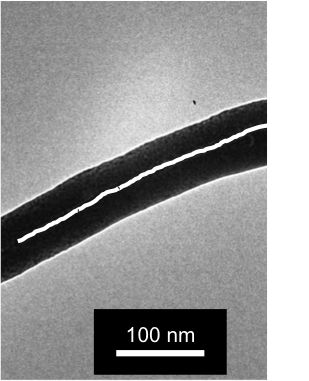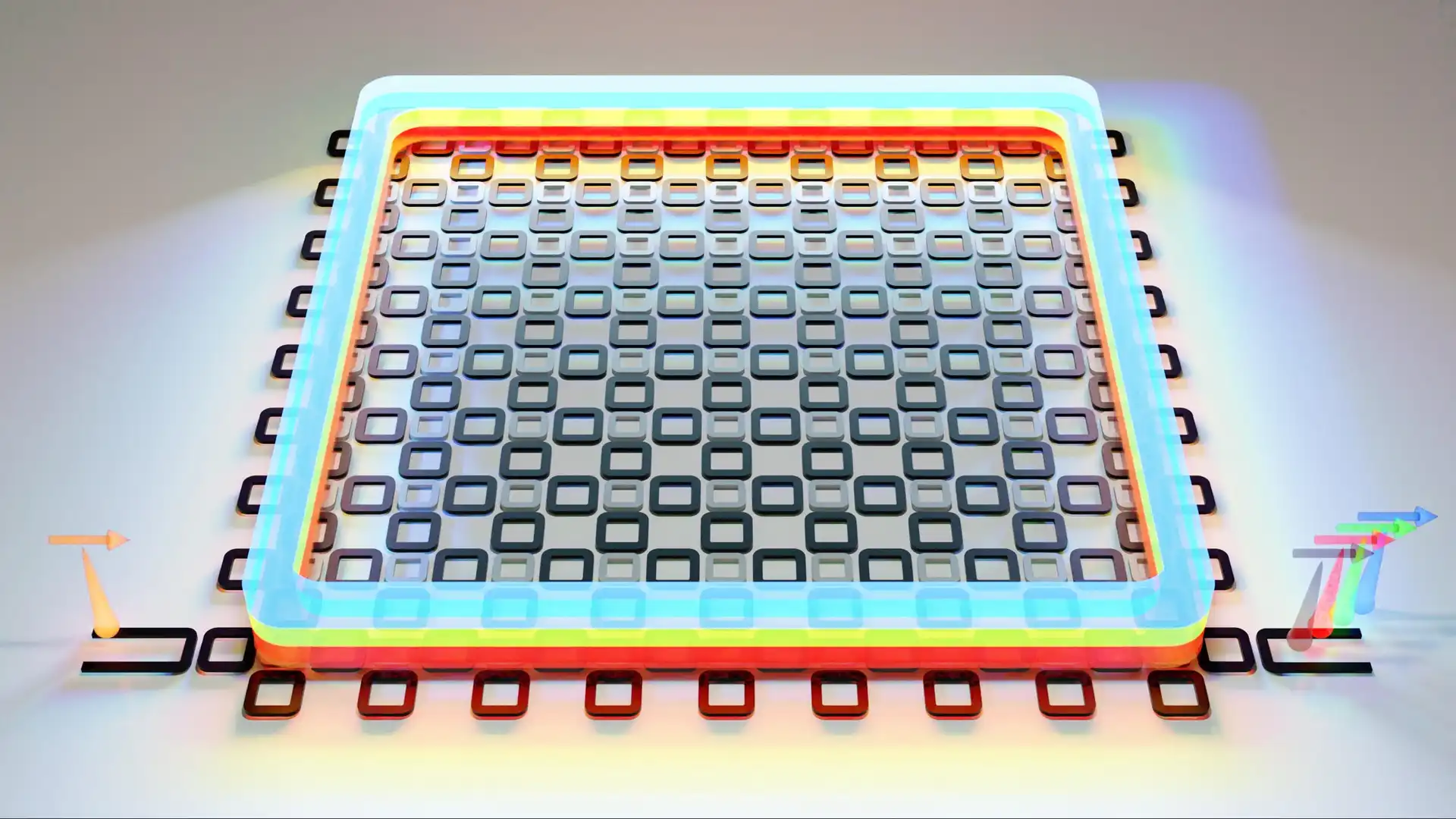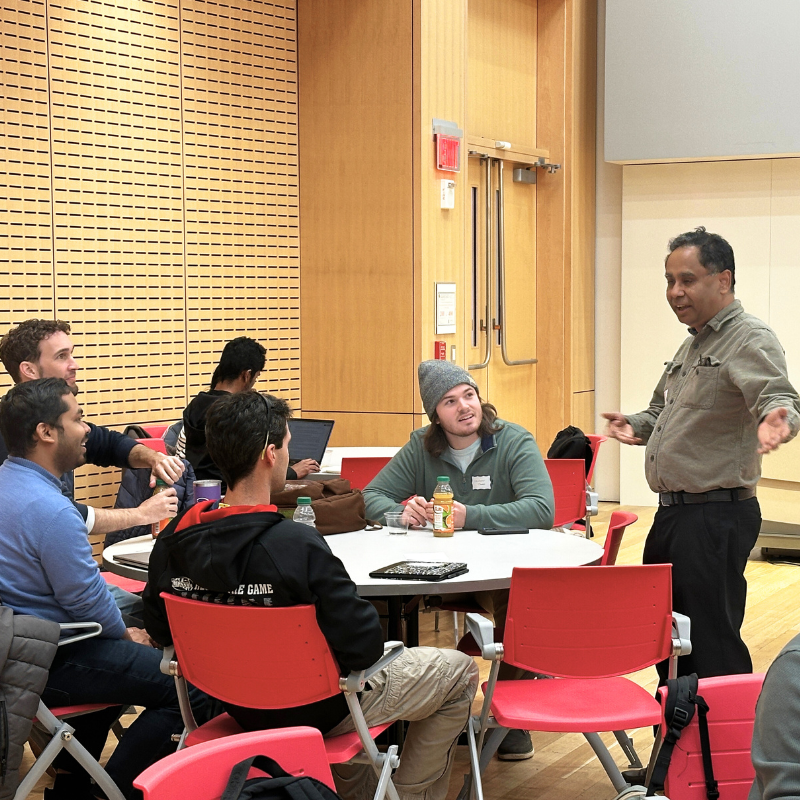News Story
New Battery Demonstrates “Sweet Spot” of Electrolyte Thickness and Composition

Atom-scale synthesis makes highly conductive LiPON for solid-state battery
LiPON is a solid electrolyte material used in thin-film microbatteries because it allows lithium to move through a network of phosphorus, nitrogen and oxygen. So far, however, its use has been limited to flat thin-film structures. Shifting from flat to 3D geometry would allow for higher performing batteries, but it is hard to deposit LiPON on a 3-D structure using current techniques.
Alexander Kozen, a graduate student in UMD’s department of Materials Science and Engineering, and his colleagues used atomic layer deposition to reach where conventional techniques like sputtering could not, enabling fabrication of future high performance 3D solid state batteries with challenging geometries.
One of the advantages of ALD is that it can be used to make layers of extremely precise and uniform thickness. This use of ALD to fabricate the solid electrolyte also beats out deposition processes requiring high temperatures, which limit possible substrates that can be used for the batteries.
In a paper soon to be published in Chemistry of Materials, the researchers used a state-of-the-art combination deposition and characterization system in the ALD NanoStructures Laboratory at UMD to develop and characterize the ALD process for LiPON. They determined that the chemistry is vital to the performance of the solid electrolyte: as the content of the nitrogen with the lithium electrolyte is varied the conductivity of the material changes. This was the key to making a highly ion-conductive material -- in fact, the most highly-conductive solid electrolyte using ALD yet made.
The researchers initially compared three types of precursors to decide which is most compatible with the ALD process and allows the amount of nitrogen in the thin films to be changed. Next, they developed a complex ALD “recipe” to allow fabrication of the solid electrolyte material. They also built a model battery electrode with varied thickness of LiPON to demonstrate the effectiveness of their solid electrolyte, and showed that the ALD-deposited LiPON had the highest conductivity to date.
The research was funded by DOE's Nanostructures for Electrical Energy Storage (NEES), an Energy Frontier Research Center. Kozen worked with Liangbing Hu (MSE/UMERC), Sang Bok Lee (Chemistry and Biochemistry/KAIST and ChBE/MSE affiliate), deputy director of the NEES center and Gary Rubloff (MSE/NanoCenter), director of the NEES Center.
Atomic Layer Deposition of the Solid Electrolyte LiPON
Alexander C. Kozen, Alexander J. Pearse, Chuan-Fu Lin, Malachi Noked, and Gary W. Rubloff
Chem. Mater., 2015 DOI: 10.1021/acs.chemmater.5b01654
Published July 28, 2015









